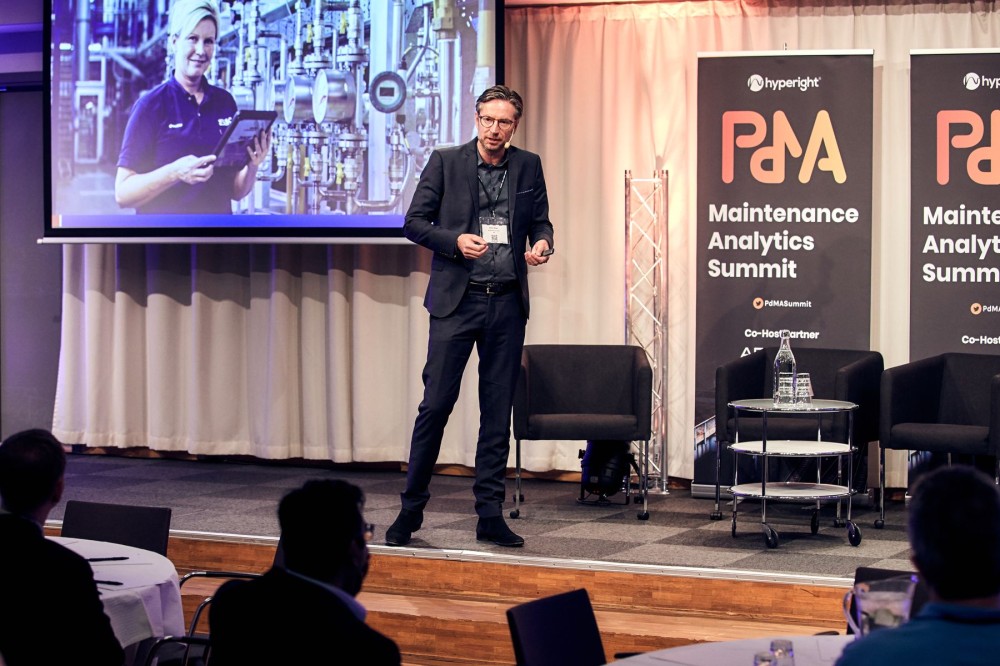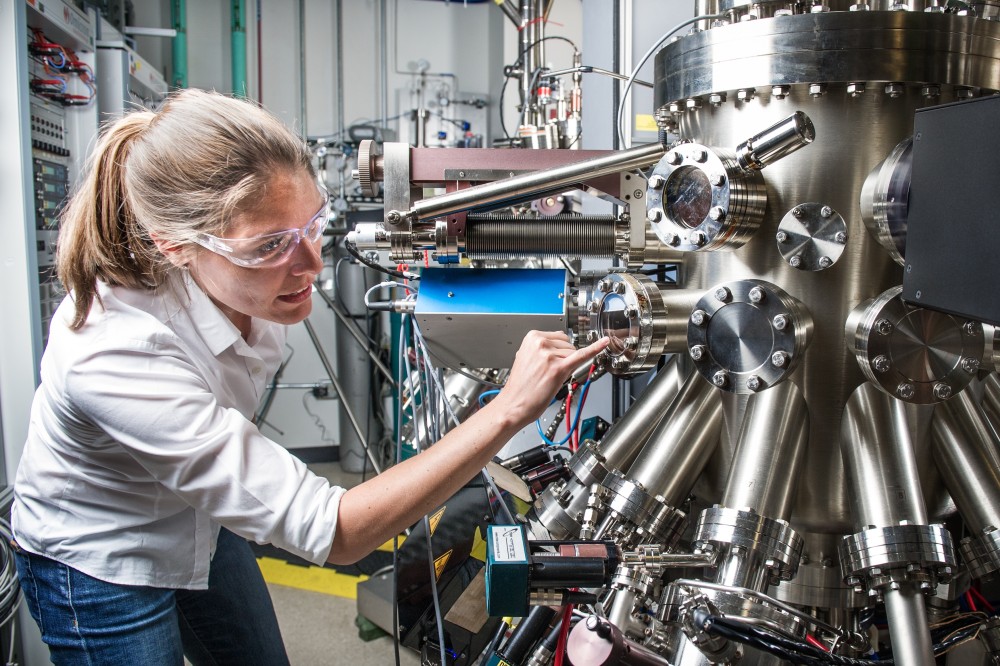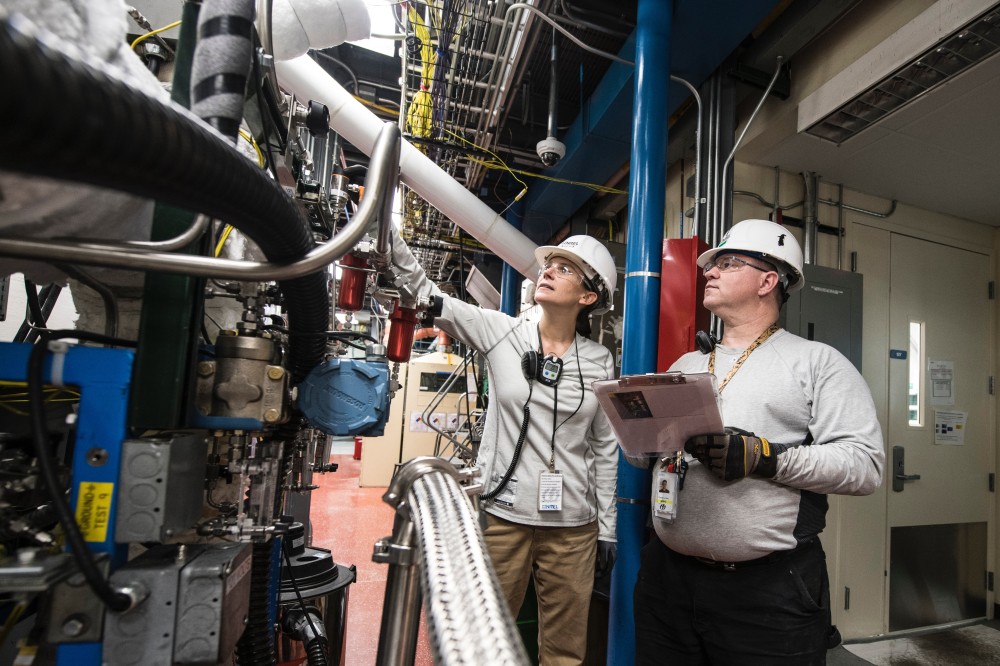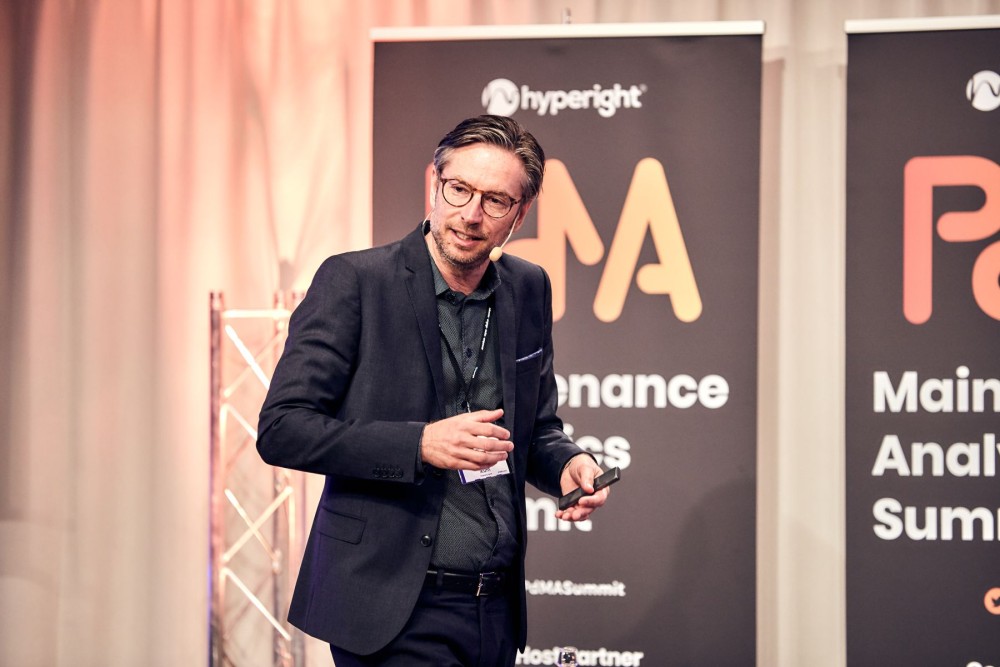Going from gut feeling to predictive maintenance is not an easy process for manufacturers. It requires transforming processes from the ground up, change management, educating employees and adopting a data-driven mindset. On top of that, it’s costly.
Long-standing companies carry legacy systems, old machines and factories while at the same time they adopt new machines and technologies as part of digitalisation efforts. They have a more tenured, skilled workforce, and fresh employees coming in with new skills and competences.
The biggest challenge for companies is balancing between these two opposites while going through the transformation. This is the case for SKF Group, an industrial engineering company, as Johnny Stieger, their Global PMO and Lean Manager recounted at the Maintenance Analytics Summit 2019.


As much as 90% of their machines are old and they are looking for ways to upgrade them, sensorise and extract data from in order to optimise the production process, while at the same time the new fully automated machines require completely different skillset and approach.
From gut-based to data-driven decisions
Having worked at SKF for two decades, Johnny Stieger is in the best position to share SKF Group’s journey through the digital transformation and how they moved from gut feeling to fact-based decisions.
“Before digitalisation came as we know it, the way we worked was based on experience and gut feeling,” remembers Johnny. They slowly started introducing technology that helped them in equipment maintenance. “We started step by step using simple tools, going from manual electrical inspections to using tomography cameras, shaft alignment tool, electronic belt alignment, belt tension tool. By doing that we started to capture data of our everyday work”, explains Johnny.


This allowed SKF to reduce the need for the gut feeling and rely on more fact and data-based decisions. Then they introduced sensorization and digitalisation of the assets. The process started slow, they worked with what they had, but they developed as the transformation advanced.
Solid fact-based maintenance is crucial to keep up SKF vision and mission as an undisputed leader in the bearing business. For which they need to have complete control over their machines and reduce variation in their production.
The predictive maintenance process at SKF
SKF has a very well-defined and standardised maintenance process of their machines that consists of 4 parts:
1) Assessment – In which they review where the organisation stands in term of maintenance and what’s their maintenance programme. “At SKF we don’t maintain machines, instead we maintain components ability to deliver their intended function, and this is what our maintenance should ensure,” states Johnny. Then they establish the failure mode of the component and what it causes, and based on this they determine the necessary counteractions.
2) Strategy and targets – After establishing the failure, they define KPIs such as mean time between failure, number of breakdowns, mean time to repair, spare part cost to determine what’s the optimal condition of the components.
3) What actions should be taken – Having clear KPIs, the next step is determining what should be done to the machine in order to have it in the right condition? The first step is classifying all equipment with A/B/C classification for a maintenance order.
4) Review of how inspections and repairs are performed – It’s crucial for SKF for review maintenance activities to determine and document critical stages so they know what to focus on when a failure happens. The data, which they collect from various manual inspections and sensors, tells them how maintenance and operations were done. They’ve also seen that the merging process and production data with maintenance data provides more accurate insight into beginning deviations. Relying on this data, SKF is also able to plan when to stop the machine, but also analyse it to run preventive and predictive maintenance.


Predictive maintenance in action at SKF
Moving from planned, to preventive to predictive maintenance, has enabled SKF to move away from the traditional planned stops of the machines for maintenance work. Thanks to the data they are collecting, Johnny explains that they can foresee when a certain machine would stand still due to the regulation on the buffer amount. In turn, they can utilise that stop to do an intervention and eliminate the need for traditional planned stops for maintenance.
Challenges with predictive maintenance
SKF has put sensors on their machines, connected them and started getting the data, and as of last year, Johnny stated that they were at the stage of analysing it and gaining insights. In some cases, he stated that they were able to learn from it and improve processes.
But they are dealing with challenges that we would say are common for a company that is on the data and predictive maintenance journey. Namely, Johnny states they have many screens throughout the factories showing different data.
Over time they have reduced the number of KPIs and focus on the key ones which are important for different functions. But it was a journey, it took some figuring out which KPIs are the key ones truly. SKF is going through the same journey, but this time with visualising data on screens, and they have yet to figure out which data is key.


Moreover, as more machines are connected, the challenge of getting an overview of the data is growing because they are limited with resources that can be dedicated to analysing that amount of data.
Additionally, they are using several solution providers and have not yet reached the maturity level with predictive maintenance to make centralised decisions based on one system. Instead, they encourage their factories to do trial and error.
Also, as machine monitoring is digitalised, fewer technicians are needed to take care of the machines. But they need to have access to the data they need, where they are and when they need it, emphasises Johnny. SKF provided technicians with iPads which allow them to input data with speech recognition, upload images and provide instructions for inspections. However, these Ipads are not fully accepted by some managers and it’s another challenge that they need to overcome.


Building blocks of the future factory
SKF leverages digitalisation in their lean transformation process. But the first step towards lean is reducing the variation in the production which is their first goal for the future.
The other principles that SKF on which builds its production system for the future are:
- Flexibility for meeting variation in demand and customer requests.
- Automation of production areas – blind shifts in which production is running without supervision.
- Transparency and traceability – digital, connected and lean production which entails insight into how and where and when a product was manufactured and how the process went.
- People shift – getting leaders on board with the transformation, competence development, cross-functional cooperation and organisational change to keep up with technology.














Add comment